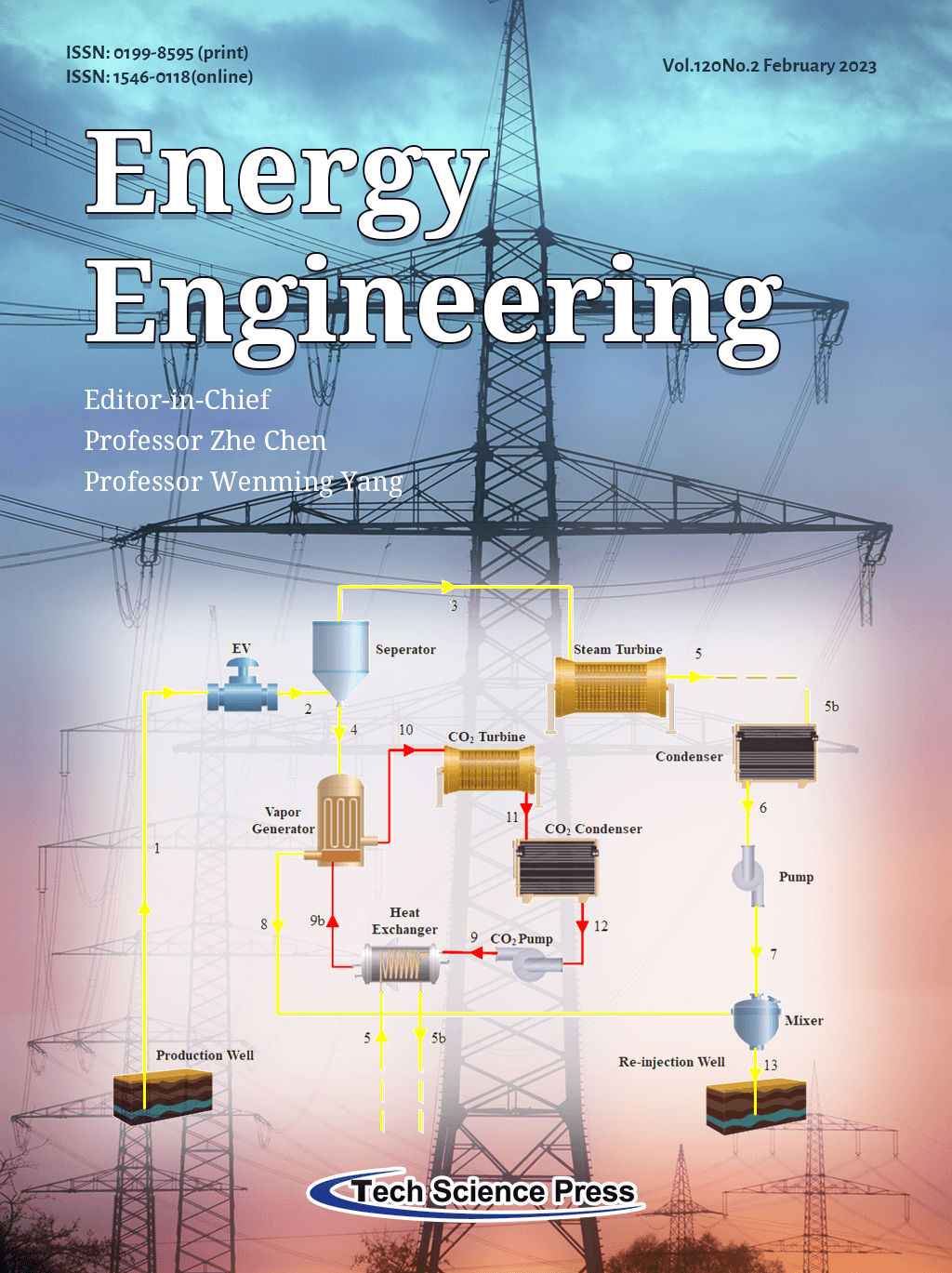
In this research, a single flash geothermal cycle and a trans-critical carbon dioxide cycle to recover the waste heat of the geothermal cycle, are investigated. After modeling the proposed system in EES software, the genetic algorithm and the Nelder-Mead simplex method are used to optimize the "exergy efficiency" parameter as one of the most important output parameters of the system. The output results show that the genetic algorithm provides a more optimal value for the exergy efficiency of the entire system. In the final step of the study, the exergy destruction of different components of the proposed system is calculated.
View this paper